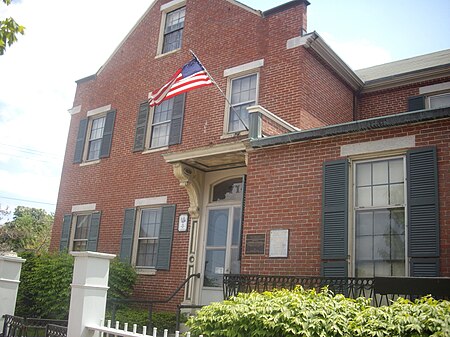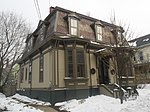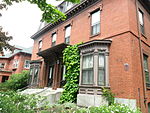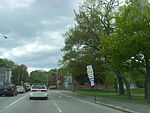Neal Dow House
Historic house museums in MaineHouses completed in 1829Houses in Portland, MaineHouses on the National Register of Historic Places in MaineMuseums in Portland, Maine ... and 5 more
National Historic Landmarks in MaineNational Register of Historic Places in Portland, MaineNeal DowUse mdy dates from August 2023Woman's Christian Temperance Union

The Neal Dow House, also known as Gen. Neal Dow House, is an historic house found at 714 Congress Street in Portland, Maine. It was built in 1829 for noted politician and prohibitionist Neal Dow (1804-1897), and was later designated a National Historic Landmark for that association. Dow was the author of the first prohibition law passed by the Maine legislature in 1851 (and giving such laws the epithet "Maine law"). He was known as a tireless, internationally known activist for the temperance movement. Dow's house was a center of activism in his lifetime, and is now the headquarters of the Maine chapter of the Women's Christian Temperance Union.
Excerpt from the Wikipedia article Neal Dow House (License: CC BY-SA 3.0, Authors, Images).Neal Dow House
Walker Street, Portland
Geographical coordinates (GPS) Address Nearby Places Show on map
Geographical coordinates (GPS)
| Latitude | Longitude |
|---|---|
| N 43.653055555556 ° | E -70.27 ° |
Address
Walker Terrace
Walker Street 1
04102 Portland
Maine, United States
Open on Google Maps







